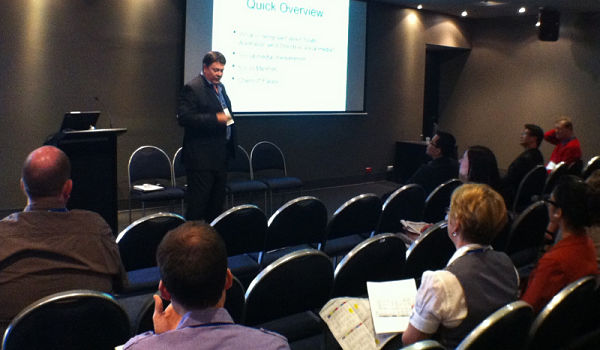The Academic Conference – and its Discontents

Every few months, my Twitter timeline fills with complaints about academic conferences from graduate students and early career scholars. Why, they ask, do I have to pay X hundred dollars/pounds/euros to attend the main annual meeting of my discipline’s learned society? Why is always in an expensive city? I end up giving a 15-minute paper to 12 people, who may, or may not, be interested. Couldn’t the organizers provide more subsidies, choose cheaper locations or cut the frills?
This is a genuine problem. We are going through a trough in the academic labour market. We may be seeing a structural change towards longer periods of precarious and poorly paid employment for many people seeking to enter the profession. Individuals find it harder to cover conference costs – and departments or research groups have fewer resources to support them. It is not hard to see why there is a sense of grievance. On the other hand, it is not so easy to see what can be done.
The question has two parts: the functions of the annual conference and its economics.
Departments have a responsibility to prepare graduate students to get the best out of an annual conference – and many fail at this. Presenting a paper is self-promotion, not scholarly argument. It advertises your presence and interests so that anyone who shares these can engage with you more deeply afterwards. This implies good slides, a crisp presentation and a simple narrative, which keeps fringe members of the audience interested and signals to the people you want to connect with.
But the annual conference has other functions. It is a trade fair, where you can review the products of the main publishers in the field and talk to their representatives about what they are looking to acquire. There are often opportunities to meet journal editors and learn about their decision-making.
The conference is also a hiring fair. This has become less explicit as HR departments have taken greater control of recruitment processes. However, many department chairs will confess to tacit head-hunting, ahead of formal applications or interviews. When there is a large pool of candidates, with few objective merit grounds for preferring one to another, considerations of team-building become critical. The informal environment of a conference is an opportunity to assess whether a potential recruit will be a constructive or destructive element.
In some countries, the conference may add functions like memorials for deceased colleagues or reunions among graduates of particular PhD programmes, which further promote networking. I have even known people find life partners at these events, although it is probably no-one’s main reason for going.
If this is an investment worth making, why is it such a large one? There are two issues here: the direct costs of the conference and the indirect costs of the location – accommodation, transport, eating, etc.
A big conference needs a big venue. In the US, this means a conference centre or a conference hotel because most universities use their buildings year-round. In the UK, the academic timetable means that there are spaces in vacations that are available for conferences. However, the academic event is always using space that commands a commercial rate, with limited opportunities for obtaining discounts. There is also a big overhead in administering the programme, registration, helpdesk and so on. The volunteer effort that can sustain a small workshop is not scalable to servicing several thousand people. Could you cut things like guest speakers? It seems that if you do, the meeting becomes less attractive and fewer people register. You may not want to hear them – but if you look at the people crammed into the room, a lot of your peers clearly do.
The same argument applies to the choice of city. Most conferences do move around a circuit so that they are reasonably accessible to everyone over a period of five years or so. However, the choice is constrained to cities that have enough hotel rooms available. Smaller cities just do not have several thousand bedrooms. The city may also need to be attractive to accompanying persons. If you are paying your own way, what are the other opportunities offered by the city, possibly for a few days’ vacation? Large cities also tend to be transport hubs so that accommodation costs are, to some extent, offset by lower fares and simpler journeys. Secondary cities tend to be more expensive to reach, even if the costs are lower when you get there.
Could there be ways to subsidise more participants? Where are those funds going to come from, assuming that departments are unable or unwilling to increase their support? Can societies increase their members’ subscriptions? There seems to be limited scope for this. Academic salaries have generally fallen behind inflation in recent years and it is hard to imagine the mass membership being able to sustain a large increase? You might think the fat cats could pay more – but it is the tragedy of most taxation that there are too few fat cats to make a big difference to revenue.
Could more money be raised from exhibitors? Clearly the consolidation in academic publishing has reduced the numbers of presses represented. They also seem to have reduced sales space to reflect the limited number of copies on direct sale. Increasing the cost of this space is more likely to lead publishers to buy less than to raise extra income. Traditionally, society-owned journals have provided quite a lot of cross subsidy, but that revenue stream is being threatened by the Open Access movement.
The costs and benefits of the annual society conference are worth debating. A few practical things could be done, like departments paying conference fees or travel directly rather than expecting low-income members to pay from their own pockets and getting reimbursed months later. It is, though, hard to see where there is a magic money tree that would resolve the understandable concerns of junior colleagues.




























































































